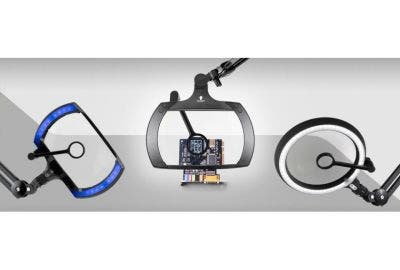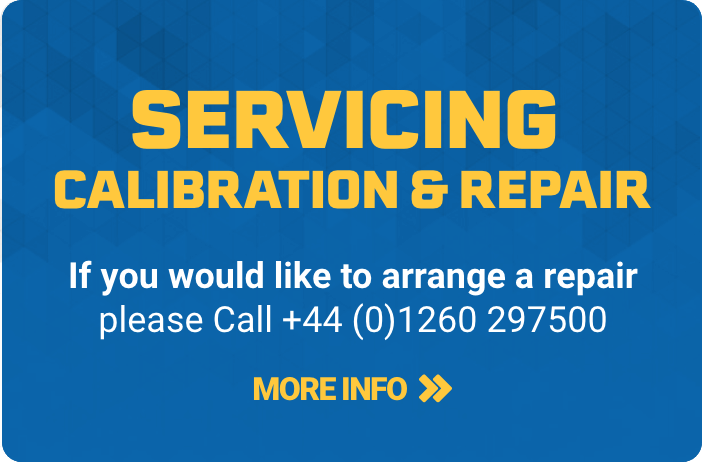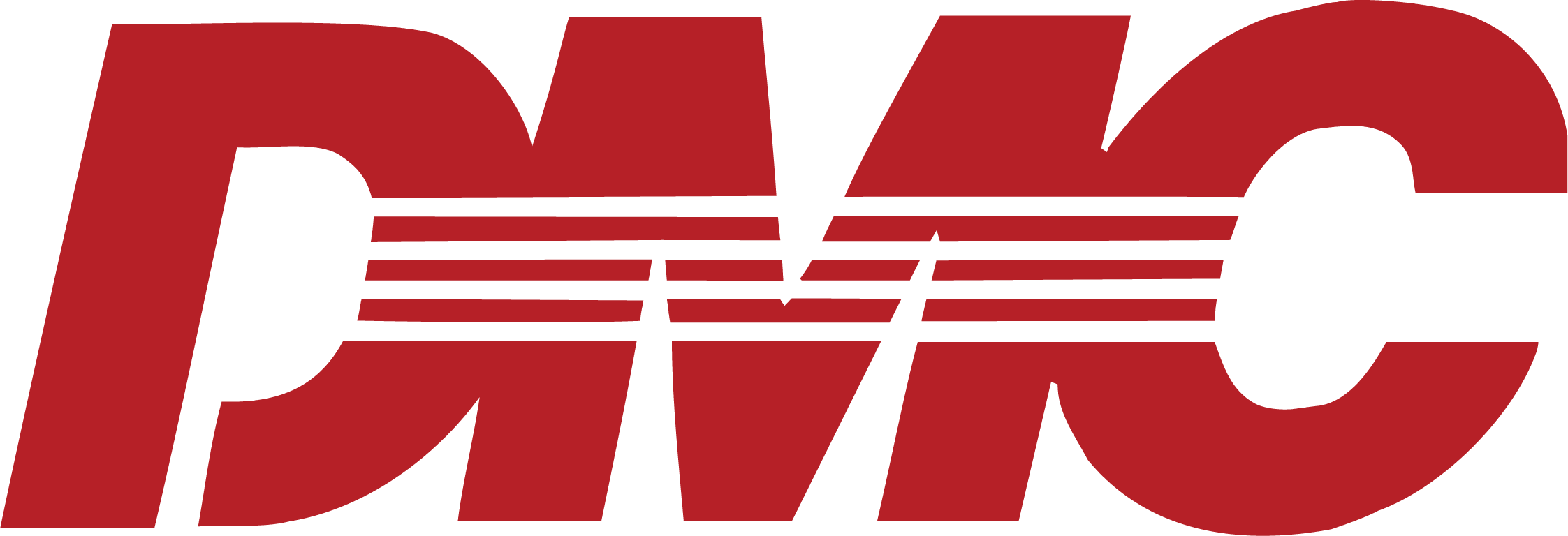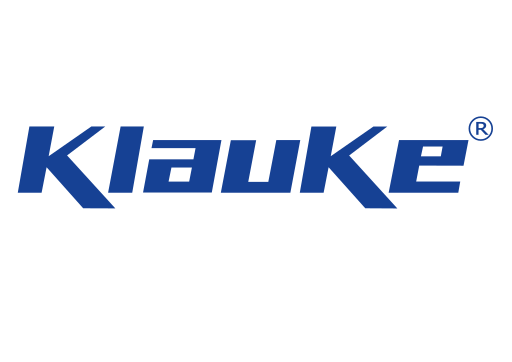Ensuring proper lighting on construction sites is more than a regulatory requirement; it’s crucial for safety, productivity, and overall project efficiency. Whether extending work hours into the evening or working in low-light conditions, reliable lighting solutions are essential. This guide is designed to help you understand, select, and maintain the best lighting systems for your site.
In this blog, we’ll explore the different types of construction site lighting available, key factors to consider when purchasing, and essential tips for maintenance and upkeep. Effective site lighting not only enhances safety by reducing accidents but also boosts productivity by improving work quality and deters theft by safeguarding valuable equipment. By the end of this guide, you’ll have the knowledge to make decisions that enhance both the safety and efficiency of your construction projects.
Understanding Construction Site Lighting
Construction site lighting is essential for maintaining safety and efficiency in environments where natural light is limited or unavailable. Whether it's during night-time work or in areas where daylight doesn’t reach, lighting ensures that workers can perform tasks with the visibility needed to avoid hazards and get the job done properly.
This type of lighting is often used for night-time projects that require extended hours or early starts. It’s also necessary for indoor spaces with little or no natural light, such as partially covered areas, tunnels, or underground sites. In emergencies, such as power outages or urgent repair work, having reliable site lights is vital to keeping operations running smoothly and safely.
Good lighting offers a range of benefits. It reduces the likelihood of accidents by improving visibility and enables workers to carry out their tasks with better accuracy and fewer errors. Additionally, a well-lit site helps deter theft and vandalism, keeping equipment and materials secure.
Challenges like power supply interruptions or harsh weather conditions can affect lighting, but solutions such as battery or solar-powered lights, along with weather-resistant materials, help to overcome these issues. By planning for regular maintenance and using lighting systems that are easy to install and adjust, you can ensure that your site remains properly illuminated without delays or complications.
Importance of Proper Lighting on Construction Sites
Proper lighting on construction sites is vital, not just for convenience but for ensuring safety, productivity, and compliance with regulations. Effective lighting significantly reduces the risk of accidents and injuries by improving visibility, enabling workers to identify potential hazards such as uneven surfaces, machinery and other obstacles. In contrast, poor lighting can contribute to accidents, errors, and rework, which can delay the project and escalate costs.
Good lighting also plays a crucial role in productivity and quality. When workers can clearly see what they are doing, they are less likely to make mistakes, resulting in higher quality work and fewer delays. This directly contributes to keeping the project on schedule and within budget.
Regulatory compliance is another essential aspect. In the UK, the Health and Safety Executive (HSE) sets specific standards for construction site lighting to ensure worker safety. For example, general construction work requires a minimum illuminance of 20 lux, with tasks needing greater precision requiring 100 lux or more. Ensuring that your site meets these standards is crucial for avoiding legal issues, fines, and potential project shutdowns.
Detailed information on these standards is available in the HSE's guidelines on lighting at work.
Moreover, well-lit construction sites are less vulnerable to theft and vandalism. Adequate lighting acts as a deterrent to unauthorised access, safeguarding valuable equipment and materials from being stolen or damaged. This not only prevents the costs associated with replacing stolen items but also helps avoid project delays caused by such incidents.
Types of Construction Site Lighting
Choosing the right lighting for a construction site means thinking about more than just the brightness—it’s about finding the right solution for the specific demands of your project. There are three main types of site lighting: temporary, permanent, and portable, each suited to different situations and requirements.
Temporary Lighting
Temporary lighting is designed to be quick to install and easy to move, making it ideal for short-term projects or specific phases of construction. It works well in situations like roadworks at night, emergency repairs, or short-term building renovations. The main advantages are flexibility and cost-effectiveness, but it may require more frequent adjustments or replacement compared to more permanent options.
To make the most of temporary lighting, secure the setup to avoid accidents, position the lights to avoid glare, and check them regularly to ensure they’re working as they should.
Permanent Lighting
For longer-term projects or fixed workstations, permanent lighting provides consistent illumination over extended periods. This type of lighting is durable and reliable, requiring less frequent maintenance than temporary setups, but it does come with higher initial costs. Permanent lighting is often installed in larger, ongoing construction projects or permanent areas of the site.
When installing permanent lighting, plan carefully to cover the entire site, use weather-resistant materials for outdoor settings, and ensure the setup meets local safety regulations.
Portable Lighting
Portable lighting solutions are perfect for tasks that need flexible, targeted lighting. These systems can be moved easily around the site, and many are battery-powered, making them convenient for areas without a fixed power source. However, they may not provide the same level of coverage as more stationary options and battery life can limit their use.
To get the best results from portable lights, position them strategically for maximum coverage and keep them charged so they’re always ready to go. They work especially well when used alongside more permanent lighting setups.
Key Factors to Consider When Buying Construction Site Lighting
When it comes to buying lighting for your site, there’s more to think about than just brightness. Factors such as durability, energy efficiency, and ease of installation are just as important to ensure that the lighting fits the demands of your project.
Brightness and Coverage
Brightness is measured in lumens—the higher the lumens, the brighter the light. But brightness alone isn’t enough. You’ll also need to consider the beam angle and how well the light covers the area. For wide, open spaces, a broader beam angle with high lumen output works best, while task-specific areas may benefit from lights with a more focused beam.
Durability and Weather Resistance
Construction sites are tough environments, so your lighting needs to be up to the challenge. Look for lights made from durable materials like aluminium or polycarbonate, which can withstand rough handling and exposure to the elements. Weather resistance is crucial for outdoor sites—lights with a high IP rating, such as IP65, offer protection from both dust and water.
Energy Efficiency
Energy efficiency is another key consideration, as it directly impacts operating costs and environmental impact. LED lights are highly recommended for construction sites due to their efficiency and long lifespan. Compared to traditional lighting solutions, LEDs consume significantly less power and produce less heat, which can result in substantial energy savings over time.
For example, LED floodlights can save up to 80% more energy than incandescent lights, making them an economical and environmentally friendly choice for construction sites. Additionally, their longer lifespan reduces maintenance costs and the frequency of bulb replacements.
Ease of Installation
The ease of installing lighting can greatly affect the time and labour required to set up your site. Opting for lighting systems that are straightforward to install, with features like adjustable mounts and plug-and-play designs, can simplify the process and reduce setup time.
When selecting lighting, consider the complexity of the installation process and whether your team has the necessary skills and tools to install the lights efficiently. Systems that require minimal effort to set up can help keep your project on schedule.
Safety Features
Safety is paramount on any construction site, and this extends to the lighting equipment you choose. Look for lights that include essential safety features such as surge protection, anti-glare designs and stable mounting options. Ensuring that the lighting complies with safety standards and regulations is also critical. Certifications like CE (Conformité Européenne) and UL (Underwriters Laboratories) indicate that the lights meet rigorous safety standards.
Incorporating lights with these safety features helps protect your workers and equipment, reducing the risk of accidents and ensuring a safer working environment.
Maintenance and Upkeep of Construction Site Lighting
Keeping your lighting systems well-maintained ensures they stay reliable and effective over time. A regular schedule of cleaning, inspections, and testing will help avoid any unexpected failures and keep your site safely illuminated.
Regular Maintenance Tasks and Schedules
To keep your construction site lighting in top condition, it’s important to follow a regular maintenance schedule. The key tasks include:
- Cleaning: Dust, dirt and debris can accumulate on lighting fixtures, reducing their brightness and efficiency. Regular cleaning of lights helps maintain optimal performance.
- Inspection: Routine inspections should be conducted to check for any signs of damage, wear, or malfunction. Look for issues like broken bulbs, frayed wires, or loose connections that could compromise safety or performance.
- Testing: Periodically test the lighting systems to ensure they are working correctly. This includes checking brightness levels, the stability of the power supply, and any automated features.
Common Issues and Troubleshooting Tips
Even with regular maintenance, issues can arise. Here are some common problems and their solutions:
- Dim or Flickering Lights: This issue is often caused by a faulty bulb or connection. Replace the bulb and check all connections to ensure they are secure.
- Power Failures: If the lights fail to power on, check the power source and circuit breakers. Ensure that the lighting system is connected to a stable power supply.
- Weather Damage: Lights exposed to harsh weather conditions can suffer damage. It’s important to use weather-resistant lights and inspect them regularly for any signs of wear.
Importance of Routine Inspections and Timely Repairs
Routine inspections are crucial for identifying potential problems before they become serious. Addressing issues promptly can prevent costly repairs and avoidable downtime, ensuring that the site remains well-lit and safe. Timely repairs also help maintain the performance and efficiency of your lighting systems, contributing to a smoother and more productive work environment.
Tips for Ensuring Long-Term Performance and Reliability
To ensure the long-term performance and reliability of your construction site lighting, consider the following tips:
- Use Quality Products: Invest in high-quality lighting solutions specifically designed for construction environments. These products are typically more durable and reliable.
- Follow Manufacturer Guidelines: Adhere to the manufacturer's maintenance guidelines and recommendations to get the best results from your lighting systems.
- Keep Spare Parts: Maintain an inventory of spare parts, such as bulbs and fuses, to quickly replace any faulty components and minimise downtime.
- Document Maintenance Activities: Keeping a record of all maintenance activities, including inspections, cleaning, and repairs, helps track the condition of your lighting systems and ensures that nothing is overlooked.
Proper construction site lighting is a critical element for ensuring safety, efficiency, and productivity. By understanding the different types of lighting available—temporary, permanent, and portable—you can select the solutions that best meet the needs of your specific project. Each type offers unique advantages, and when used in the right context, they contribute significantly to a well-lit and safe working environment.
When purchasing construction site lighting, it's important to consider key factors such as brightness and coverage, durability, energy efficiency, ease of installation, and safety features. Making informed decisions in these areas will help ensure that your site remains well-illuminated and compliant with safety regulations, while also being cost-effective in the long run.
Finally, regular maintenance and upkeep are essential for the longevity and reliability of your lighting systems. By following a consistent maintenance schedule, addressing issues promptly, and using quality products, you can maximise the lifespan of your lighting equipment and maintain optimal performance on-site.
Investing in high-quality lighting solutions is not just a purchase—it's a commitment to the safety and success of your construction projects. For any specific queries or support, feel free to contact us today at Heamar.























